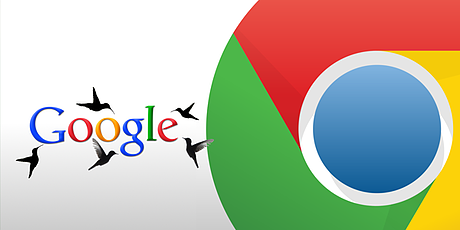Alternative Text is an awesome way to communicate with search engines. Alternative text is the info buried in the coding of a photograph describing what the picture is of. The most important beneficiary of alternative text is a person who is visually impaired depending on what they call a ‘reader’. The reader will scan over a photograph and read back to the individual looking at it what the picture is of. For instance, if the picture is of an elephant and the alternative text reads ‘African elephant’, when the user's mouse hovers over the picture, the words ‘African elephant’ will be read back to them.

It goes even deeper than that, though.
Search engines, will all their advanced technology and complicated algorithms, believe it or not, are also visually impaired. That’s right, Google, Yahoo, and Bing rely on alternative text to understand what a picture is of. You probably already know where this is going.
Not only do you help search engines and the visually impaired with alt text, but you also help your ranking.
Let’s say website A and website B both have a two-paragraph article on the Pittsburgh Steelers equal in length. Website A though, has no pictures of the Steelers but website B does. Search engines understand people like media; videos, pictures, articles, etc. Knowing your website contains a photograph of the topic being discussed increases the relevance and value of that article or page. Without the alternative text though, the search engines will have no idea what the picture is displaying.
Overwhelming your website with pictures might be a distraction to your visitor, but by no means shy away from adding several photos and strategically including key phrases into the alt text of them relevant to what you want to be searched for. Always keep in mind not to be deceptive though, if your photograph isn’t of an African elephant, don’t tell Google it is just to increase rankings. Remember, SEO is best done by FOLLOWING the rules, not finding ways to manipulate them.


Leave a Comment